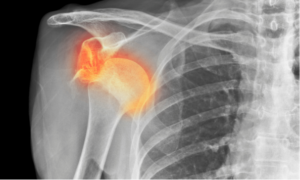
Anterior shoulder dislocation: pre- and post-operative management of a stop
Article written by Antoine FRECHAUD and Nathan Touati, publishing directors at NeuroXtrain Who are we? Antoine Fréchaud and his partner Nathan Touati are at the
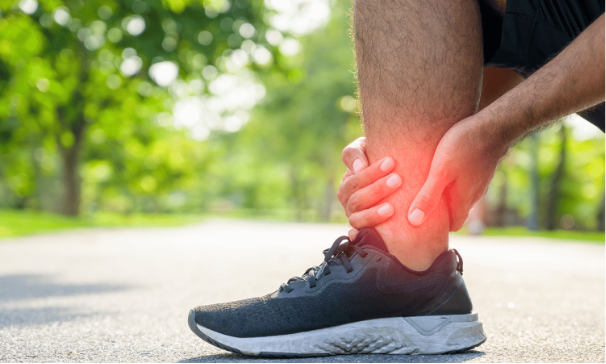
Article written by Antoine FRECHAUD and Nathan Touati, publishing directors at NeuroXtrain
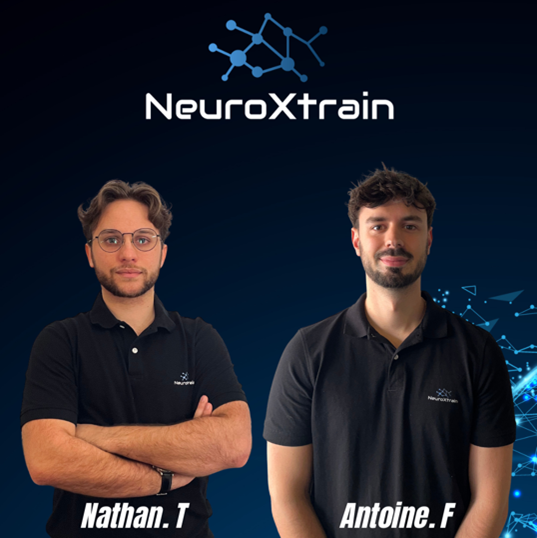
Antoine Fréchaud and his partner Nathan Touati are at the head of NeuroXtrain, website specializing in writing articles and creating various content on sports sciences, performance, new technologies and athlete rehabilitation.
Acute ankle sprains are commonly seen in medical or physical therapy offices, as well as emergency departments. They can lead to significant short-term morbidity, recurrent injuries and functional instability. Although conservative treatment is often successful in producing satisfactory results, it is crucial to establish an accurate diagnosis and implement adequate treatment during the initial evaluation to reduce the risks of recurrent instability. Appropriate treatment can minimize long-term adverse effects, such as chronic recurrent ankle instability, progression of osteoarthritis, and long-term disability.
Ankle sprains typically involve injury to the anterior talofibular ligament (ATFL) and/or calcaneofibular ligament (CFL). These sprains vary depending on the mechanism of injury (high or low energy injuries), foot position, and rotational force placed on the joint and stabilizing ligamentous structures. Low-grade sprains (grades I and II) cause microscopic stretching or tears of the stabilizing ligaments, while a high-grade sprain (grade III) compromises the syndesmotic structures. In cases of high-energy mechanisms, the trauma can lead to complete ruptures of tendons, as well as fractures of the ankle and foot.

The ankle joint is made up of the tibia joint, fibula and talus. The joint is stabilized by three ligament systems: the lateral ligament complex, the medial deltoid ligament and the syndesmotic ligaments. The most common ankle injury occurs during an ankle inversion that places strain on the lateral ligament complex. The three ligaments that make up the lateral complex are the talofibular anterior (LTFA), the calcaneofibular (LCF), and the talofibular posterior (LTFP) and they tend to be injured in that order, with the LTFA being the most often injured. The LTFA is the most affected ligament of the lateral ligament complex, and approximately 70 % lateral ankle sprains involve only this ligament and a plantar flexion and inversion mechanism. CFL more frequently involves injuries to the dorsiflexion and inversion mechanisms. The LTFP is the least frequently injured lateral ligament complex.
The medial deltoid ligament is the strongest of the ankle ligaments and is prone to injury from eversion injuries. Isolated deltoid ligament injuries are extremely rare. The superficial deltoid complex limits the abduction moments of the talus, while the deep deltoid complex limits external rotation of the talus on the tibia.
The distal syndesmotic and tibiofibular ligaments together stabilize the tibia and fibula physiologically. Syndesmotic injuries are often called "high ankle sprains" and are much less common than low-grade ankle sprains. Given the force required to injure this ligament complex, these injuries are still rare in the general population and tend to occur mainly in competitive athletes. The most common mechanism of high ankle injury is external rotation and/or dorsiflexion of the ankle.
Initial management of ankle sprains includes the PEACE & LOVE protocol. For treatment directly after the injury, the acronym PEACE must be implemented quickly:
P to protect
Limit or restrict movement for 24 to 72 hours to reduce bleeding and reduce the risk of the injury getting worse. It is important to minimize rest, as a prolonged period of inactivity can weaken tissue strength and quality. Discontinuation of protection should be based on the pain signals experienced.
E to raise
Elevate the limb above heart level to facilitate drainage of interstitial fluid from the tissues. Although evidence supporting its effectiveness is limited, elevation has a low risk-to-benefit ratio.
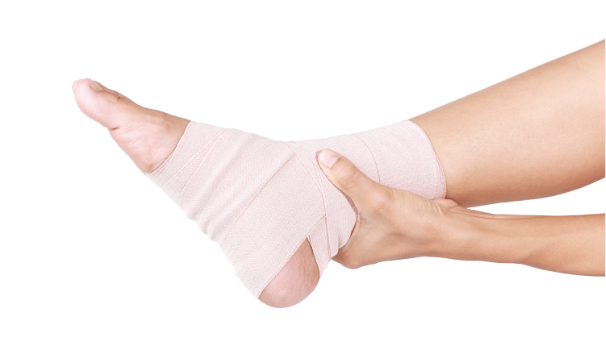
A to avoid anti-inflammatory modalities
The different phases of inflammation help repair damaged soft tissues. Thus, inhibition of inflammation through medications may have a negative effect on tissue healing in the long term, especially when higher doses are used. Standard care for soft tissue injuries should not include anti-inflammatory medications.
To be able to control excessive inflammation without completely cutting it off as with medications, we then wonder about the use of cryotherapy. Ice is mainly analgesic and anti-inflammatory, you need to know when to use it. If following a sprained ankle a patient finds himself with an ankle with very significant edema and hematoma, it will be interesting to use ice to limit this swelling and reduce the pain so that the patient is as least inconvenienced as possible. in the following days during rehabilitation. To continue draining, the next point of compression is very important.
C for compress
External mechanical pressure using floss strips, compression stockings or bandages helps limit intra-articular edema and tissue hemorrhages. Despite conflicting studies, compression after an ankle sprain appears to reduce swelling and improve quality of life.
E to educate
Therapists should educate patients about the benefits of an active approach to their recovery. Passive interventions, such as electrotherapy, manual therapy, or acupuncture, applied soon after an injury, have minimal effects on pain and function compared to an active approach, and may even be counterproductive to long term. Indeed, maintaining a dependence on external control or the feeling of “needing to be fixed” can encourage therapy-dependent behavior. A better understanding of the condition and management of the burden will help prevent overtreatment. It also reduces the risk of unnecessary interventions such as injections or surgery, helping to reduce healthcare costs.
Compression and cold therefore make it possible to manage this inflammation optimally. Rather than wanting to quantify the effectiveness of these two parameters, why not bring them together?
To apply these cold and compression parameters to these painful areas, Orthonov has innovated in this area by creating cold kits. Excell’ICE which combine cryotherapy with adjustable static compression using an inflation pump. Easy to apply, its technology consists of alternating compressive cold cycles during recovery and/or rehabilitation sessions, commonly recommended the days following an injury or post-operatively. It is well known that external static compression with ice increases the magnitude of cooling at the skin surface.
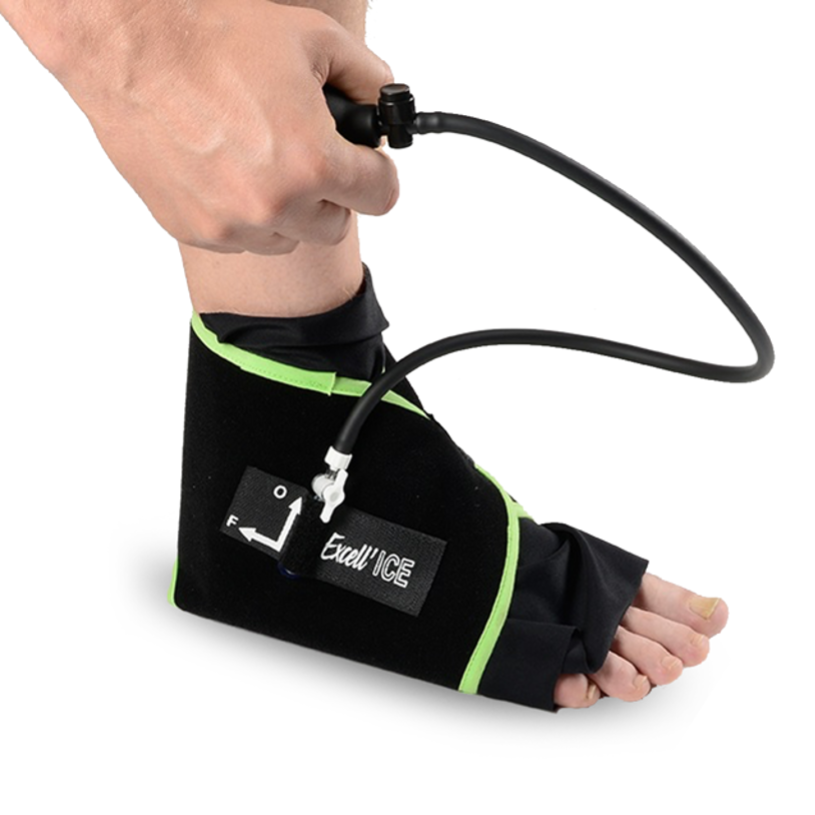
After the first days, we then move on to the acronym Love:
L for Load
An active approach involving movement and exercise is beneficial for most patients with musculoskeletal disorders. It is essential to introduce mechanical stress early, and normal activities should resume as soon as symptoms permit. Optimal loading, which does not aggravate pain, encourages tissue repair and remodeling. This also builds tolerance in tendons, muscles and ligaments using the process of mechanotransduction.
O for optimism
Optimistic patient expectations are associated with better outcomes and prognoses. Psychological factors such as catastrophizing, depression and fear can act as barriers to recovery. Beliefs and emotions are thought to explain more of the variation in symptoms following an ankle sprain than the degree of pathophysiology.
V for vascularization
Cardiovascular activity plays a central role in the management of musculoskeletal injuries. Although more research is needed to determine the optimal dosage, it is recommended to begin pain-free aerobic exercise within a few days of injury. This boosts motivation and increases blood flow to injured areas. Early mobilization and aerobic exercise help improve physical function, promote return to work and reduce dependence on pain medication in people with musculoskeletal disorders.
E for exercise
There is ample evidence supporting the use of exercise for the treatment of ankle sprains and to reduce the prevalence of recurrent injuries. The exercises help restore mobility, strength and proprioception soon after an injury. Pain should be avoided or minimized during exercises to ensure optimal repair, during the subacute phase of recovery and should be used as a guide for exercise progression.
Managing soft tissue injuries is about more than short-term damage control. As with other injuries, clinicians should aim for favorable long-term outcomes and treat the injured person rather than the person's injury.
Initial functional rehabilitation programs should begin by focusing on restoring range of motion, followed by proprioceptive and neuromuscular training, as well as strength training (especially of the peroneal muscles) to help combat recurring injuries. The strengthening phase should begin once edema and pain have subsided and the patient demonstrates full range of motion (active and passive).
All content in this article is presented for informational purposes. It does not in any way replace the advice or visit of a health professional.
Sources:

Article written by Antoine FRECHAUD and Nathan Touati, publishing directors at NeuroXtrain Who are we? Antoine Fréchaud and his partner Nathan Touati are at the
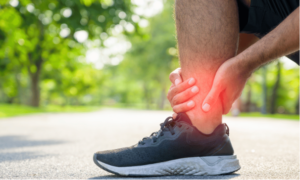
Article written by Antoine FRECHAUD and Nathan Touati, publishing directors at NeuroXtrain Who are we? Antoine Fréchaud and his partner Nathan Touati are at the
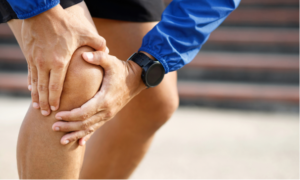
Article written by Antoine FRECHAUD and Nathan Touati, publishing directors at NeuroXtrain Who are we? Antoine Fréchaud and his partner Nathan Touati are at the
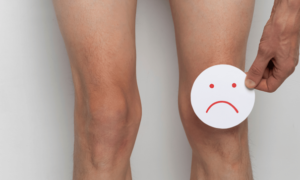
Article written by Antoine FRECHAUD and Nathan Touati, publishing directors at NeuroXtrain Who are we? Antoine Fréchaud and his partner Nathan Touati are at the
| Cookie | Duration | Description |
|---|---|---|
| cookielawinfo-checkbox-analytics | 11 months | This cookie is set by GDPR Cookie Consent plugin. The cookie is used to store the user consent for the cookies in the category "Analytics". |
| cookielawinfo-checkbox-functional | 11 months | The cookie is set by GDPR cookie consent to record the user consent for the cookies in the category "Functional". |
| cookielawinfo-checkbox-necessary | 11 months | This cookie is set by GDPR Cookie Consent plugin. The cookies are used to store the user consent for the cookies in the category "Necessary". |
| cookielawinfo-checkbox-others | 11 months | This cookie is set by GDPR Cookie Consent plugin. The cookie is used to store the user consent for the cookies in the category "Other. |
| cookielawinfo-checkbox-performance | 11 months | This cookie is set by GDPR Cookie Consent plugin. The cookie is used to store the user consent for the cookies in the category "Performance". |
| viewed_cookie_policy | 11 months | The cookie is set by the GDPR Cookie Consent plugin and is used to store whether or not user has consented to the use of cookies. It does not store any personal data. |
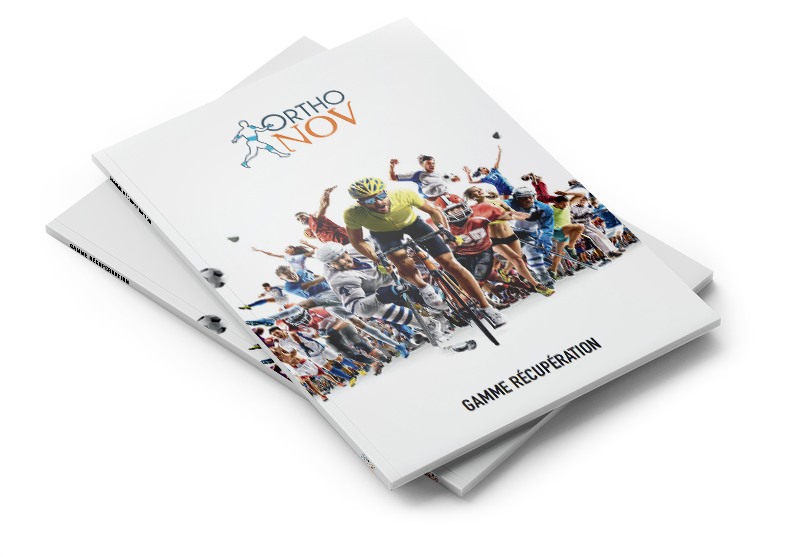
Discover our Recovery catalog where you will find all our ranges specific to sports recovery.
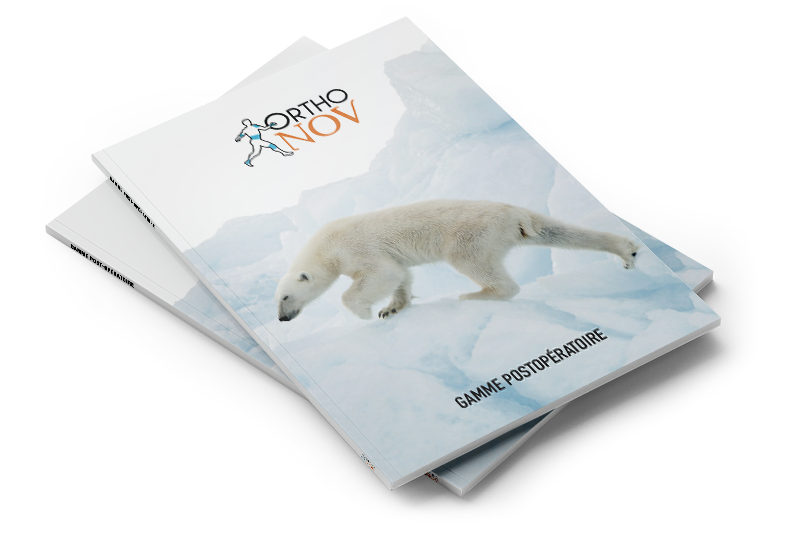
Discover our Post-Op catalog where you will find all our ranges specific to post-operative recovery.

Discover our Recovery catalog where you will find all our ranges specific to sports recovery.

Discover our Recovery catalog where you will find all our ranges specific to sports recovery.